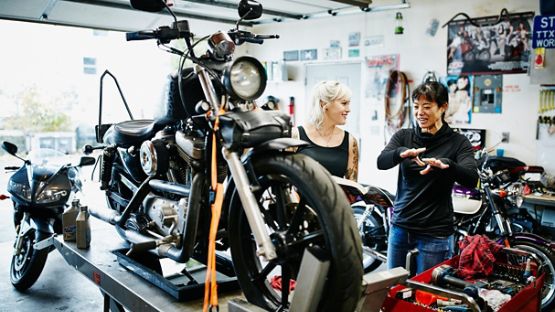MORE LOW-LIGHT COMMUTING MEANS GREATER RISK OF COLLISIONS.
According to research done by Carnegie Mellon University in Pittsburgh and reported on by CBC, drivers need to be more vigilant during the weeks after the ‘fall back’ time change.
The research shows a correlation between the time change in the fall and increased pedestrian deaths during commuting hours.
After the time change pedestrians were three times more likely to be struck fatally by cars compared to before the time change. The specific time of day was cited as a factor in the results. There was no significant difference in pedestrian incidents at 12 noon, but numbers rose around 6:00 p.m. After the time ‘fall back’, evening commuters spend more time in the dark, reducing visibility and making hazards harder to see. When drivers, cyclists and pedestrians have spent the last eight months in a well-lit setting, it may be hard to adjust and compensate for less light and poor weather.
(Source: CBC)
The researchers, who studied 7 years of traffic data, also found there was a decrease in pedestrian deaths when the clocks went forward an hour in spring.
(Source: CBC)
See the tips below, for drivers, cyclists and pedestrians, to help you deal with lower visibility conditions:
Tips for drivers.
- Ensure your headlights, tail lights, brake lights, indicators and reverse lights all work and are turned on before leaving for your trip.
- Use additional caution when approaching crosswalks, intersections and other areas of potential conflict or collision with pedestrians or cyclists. They are harder to see in low light.
- Follow speed limits and adjust your speed accordingly to the weather conditions.
- Keep a safe distance from vehicles in front of you so you’re prepared to react under any situation.
(Source: Insurance Hotline)
Tips for cyclists.
- Ensure you have cycling lights attached to the front and back of your cycle.
- Wear a helmet at all times while cycling.
- Assume cars on the road can’t see you, and always be prepared to anticipate their actions.
- Don’t use your headphones, in low light and decreased visibility, hearing what is going on around you becomes increasingly important.
(Source: The Globe and Mail)
Tips for pedestrians.
- Use crosswalks and marked pedestrian crossings to cross the street. Not only are these the safest ways to cross the street, but they are also the most well lit areas.
- Wait until vehicle traffic has come to a complete stop before crossing any street.
- As with cyclists, avoid headphones. In low visibility situations, hearing what is going on around you is important.
- Try to increase your visibility by wearing brighter or high visibility clothing. Being easier to see helps ensure your safety.
(Source: Ministry of Transportation)
"The shorter days, daylight savings time, the inclement weather, the travel times now, when it's dark, these are all factors in collisions. But the reality is, if you are extra careful, you can help minimize that risk and in some cases even eliminate that risk, and that's whether you're a cyclist, pedestrian or driver." Clint Stibbe Constable, Toronto Police Service













